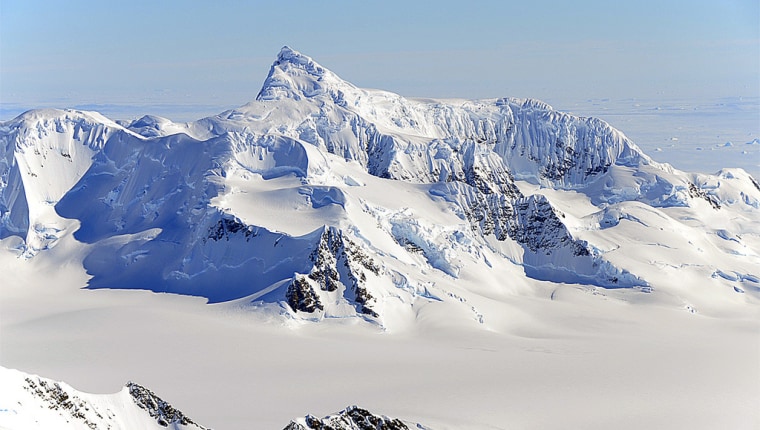One hundred years ago this week, on a fine summer afternoon, Norwegian explorer Roald Amundsen and four travel-weary companions plunged a bright flag atop a spindly pole into the Antarctic ice, marking their claim as the first humans to set foot at the bottom of the world. The South Pole was theirs.
"That moment will certainly be remembered by all of us who stood there," Amundsen wrote in his account of the arduous trek. On Dec. 14, 1911, two months after they set out from the continent's coast, the men had reached their goal — a frozen plain of endless white in the middle of the highest, windiest, coldest, driest and loneliest continent on Earth.
A century after Amundsen planted the flag — beating out Englishman Robert Falcon Scott's doomed expedition by a full month — an explosion of technological progress has transformed the scope of human knowledge of Antarctica.
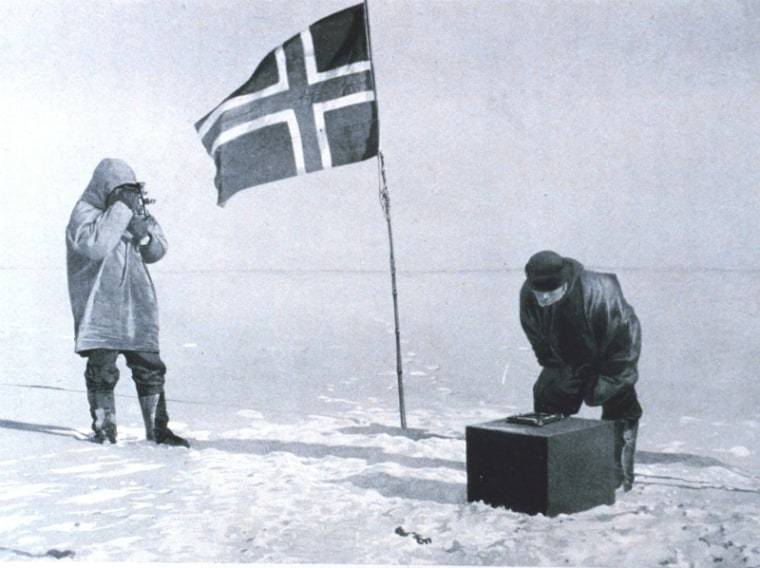
Watchful satellites sail overhead; probing radar and lasers have allowed scientists to peer beneath the thick ice. And yet, in spite of the reach of these new tools, the continent still holds its secrets close. Many mysteries remain, and they are far more intricate and nuanced than the uncharted wilderness Amundsen and Scott confronted.
What is emerging from the research is that Antarctica is a far more dynamic place than anyone could have imagined a century ago — and that what happens there can have dramatic consequences for millions of people around the world. Now, instead of mapping new geographical discoveries, scientists are seeking to map the inner workings of the strange forces at play in Antarctica, from the biological mechanisms that allow tiny organisms to seemingly awake from the dead, to the little-understood forces that are gnawing away at the continent's ice — with increasing vigor.
Ice queen
Antarctica is home to about 70 percent of the planet's fresh water, and 90 percent of the planet's freshwater ice. Two massive ice sheets, nearly 3 miles (4 kilometers) thick in some places, cover about 99 percent of the continental landmass. Including its islands and attached floating plains of ice, Antarctica is roughly 5.4 million square miles (14 million square km), about one-and-a-half times the size of the United States.
Not surprisingly, most Antarctic research is focused on the ice — what is happening under it, in it and to it.
And it was beneath the ice that scientists made one of Antarctica's most screenplay-worthy discoveries: a sweeping kingdom of rocky slopes and liquid lakes, secreted under the ice for millennia.
During a 1958 mapping expedition, a Soviet team was trekking from the coast across the interior of the eastern half of the continent, and detonating explosives every hundred miles to measure the thickness of the ice.
In the middle of the East Antarctic Ice Sheet, the team was traveling across ice 2 miles (3 km) thick, when something strange started to happen, according to Robin Bell, a geophysicist and professor at Columbia University's Lamont-Doherty Earth Observatory.

What's under there?
"They suddenly found this very thin ice in the middle of the ice sheet, and they said, 'Hey, there are mountains here,'" Bell told OurAmazingPlanet.
Big mountains. The team had stumbled upon what were later dubbed the Gamburtsev Mountains, a range of steep peaks that rise to 9,000 feet (3,000 meters) and stretch 750 miles (1,200 km) across the interior of the continent.
"It's really hard to imagine that there are mountains under there. It doesn't matter which way you spin — it's pretty flat," said Bell, who has studied the area for years. Yet, she added, the truly mysterious part of the hidden mountains is not that they exist, but how they still exist. The inexorable march of geological time erodes mountains away (if we came back in 100 million years, the Alps would be gone, Bell said) and the Gamburtsevs, at the ripe old age of 900 million to a billion years old, should have been worn down eons ago.
However, recent research indicates the mountains are a kind of geological do-over.
"They were born a long time ago, but somewhere between 100 (million) and 200 million years ago, they had a renaissance," Bell said.
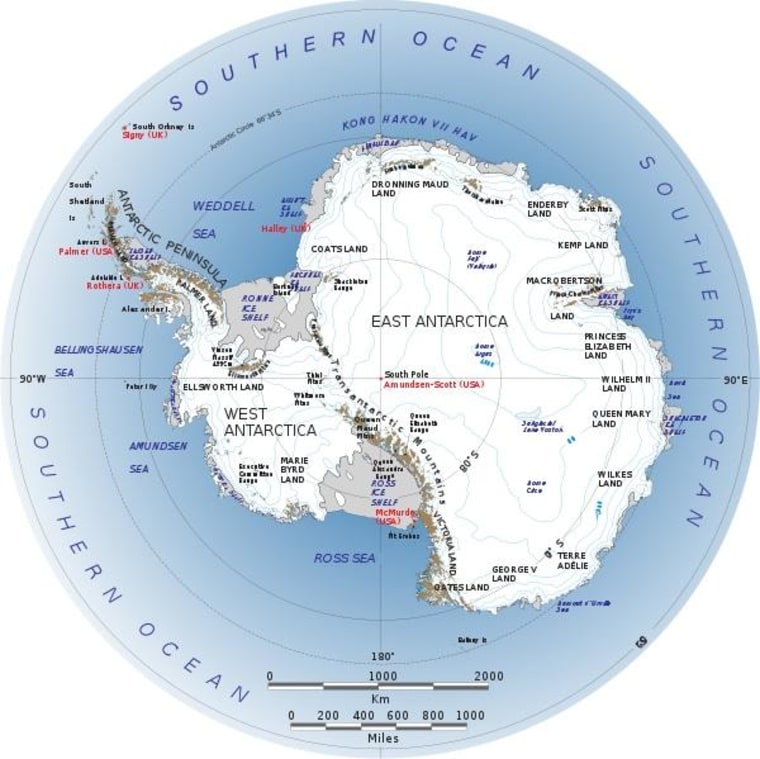
It happened during a rifting event, Bell said, when tectonic forces were wresting apart continental masses during the breakup of Gondwana, the ancient supercontinent. At the time, the eroded mountains' heavy roots apparently underwent a density change — as though a bar of solid chocolate suddenly morphed into the fluffy stuff inside a Three Musketeers bar — which buoyed the mountain range back up, "like a life preserver," Bell said.
Exactly how that change in the Gamburtsevs' root happened is a mystery.
"That's the biggest thing that has us scratching our heads," Bell said. "We don't know if the rifting added a little heat, added a little water — we know the rifting happened, and (the mountain range) popped up, but we're still working on the question of how you make that phase change," she said.
Land o' lakes
In among the Gamburtsev Mountains lies another enigmatic feature of the Antarctic: Lake Vostok — a pristine freshwater lake buried beneath 2.5 miles (3.7 km) of solid ice. About the size of Lake Ontario, it is the largest of the more than 200 liquid lakes strewn around the continent under the ice.
The lakes are largely created when heat from the Earth's core melts the bottom of the ice sheet; the thick blanket of ice on top acts as insulation. Some of the lakes have been isolated for hundreds of thousands to millions of years, and scientists are racing to collect water samples; the sequestered lakes could be bastions of biological discovery, full of never-before-seen microbial life.
So far, nobody has managed to directly sample an Antarctic lake, but at least three projects — a Russian team, a British team and an American team — are tackling the problem. The Russians, at Lake Vostok, and the British, at Lake Ellsworth, may have samples by 2012.
And although lake water has so far eluded capture, scientists do have samples of the ice sheet itself, which, it turns out, sparks biological mysteries of its own.
Who's in there?
"I think this entire ice sheet is alive. That has yet to be proven," said John Priscu, a professor at Montana State University, who has been doing field work in Antarctica for 27 years.
What is proven, Priscu said, is that bacteria are in the ice. Not many, by microbial standards — 300 cells in 1 milliliter of ice vs. 100,000 cells in seawater — but they're there, in tiny veins of liquid water that crisscross the solid ice and serve as "little houses," Priscu said, which also contain nutrients that could feed a hungry microbe.
"The question is, are they living there? Is it a functional ecosystem?" he said. In the lab, ancient bacteria from ice samples 420,000 years old, retrieved from more than 2 miles (3 km) inside the ice sheet, have quickly shown signs of life. "We melt the water, and they grow," Priscu told OurAmazingPlanet.
However, it's not clear if the ice is simply acting as a preservative, and keeping the same microbes intact until they're given a warm meal, or if an active microbial community is plodding along inside the ice sheet.
"Either they're in a suspended state of animation during that half-a-million year trip, or they're living very slowly. We don't know that. We just don't know," Priscu said.
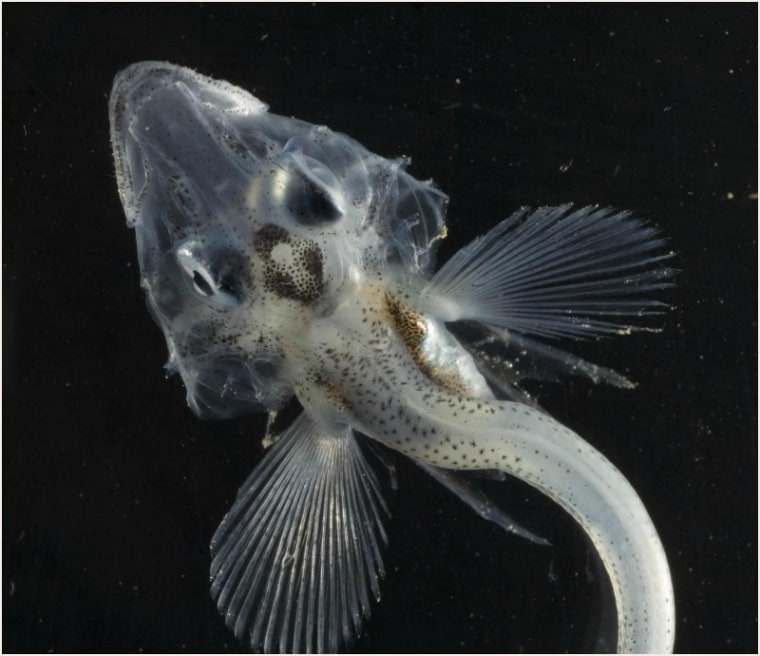
Who's out there?
Another spot of biological intrigue is the ocean that surrounds Antarctica. "If you picked up a handful of Antarctic animals, you wouldn't mistake them for creatures from anywhere else on the planet," said David Barnes, a scientist with the British Antarctic Survey.
Barnes, speaking from a research vessel just off the Antarctic Peninsula, said one of the biggest mysteries is, "why do we see the types of animals we see?"
Leggy sea spiders the size of dinner plates rule Antarctic waters, yet other creatures common to the rest of the Earth's oceans, such as slugs, are strangely absent. Some creatures grow to enormous size, while others are unusually small.
"Many things make sense. Fish evolving antifreezes, that's a sensible thing to do," Barnes said. "But why we get the strange groups of animals, and why we get some animals doing so well and others doing so badly — that's part of the great charm of this place. It's so different. And understanding why this is and how it works is a great challenge."
"There are a lot of mysteries. The more things you find out about Antarctica, the more questions it raises than answers," said Huw Griffiths, a marine biologist with the British Antarctic Survey.
Griffiths said that one area of great interest is the virtually unexplored ocean beneath the ice shelves that ring the continent. The outlets of glaciers, ice shelves are many hundreds of feet thick, and they are colossal. The largest, the Ross Ice Shelf, is 197,000 square miles (510,680 square km), or 3.7 percent of the total area of Antarctica.
"Basically we know very little to nothing about what lives underneath them, and the only places we have a glimpse of this is at a couple of the smaller ice shelves that have collapsed," Griffiths told OurAmazingPlanet.
A British-made oceangoing robot, dubbed AutoSub, made some of the first-ever observations beneath an ice shelf in 2009, during several dives in western Antarctica. Although the robot didn't offer a glimpse of anything living there — it's not equipped with cameras or a sampling arm — it did provide invaluable data for scientists studying the swift-moving Pine Island Glacier ice shelf, which might be thought of as ground zero for the biggest Antarctic mystery of all, in the minds of many scientists: What is happening to the ice?
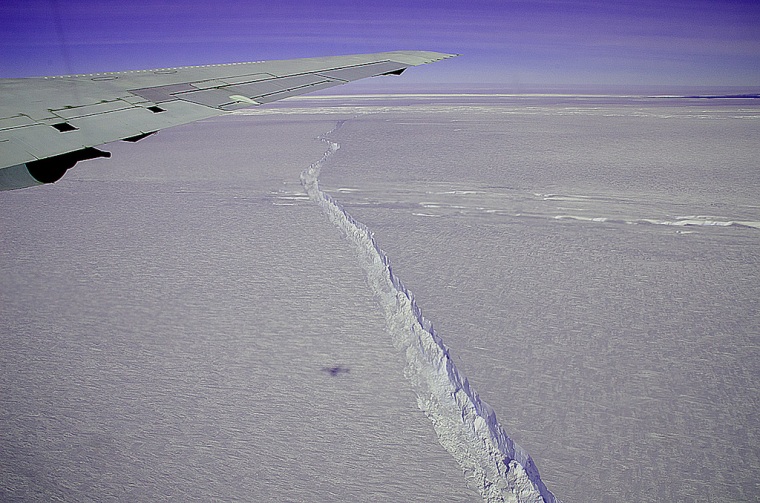
Icy disappearing act
Time and again, researchers return to this question. The ice that is of most concern is the West Antarctic Ice Sheet, which is undergoing unprecedented changes, and is likely the biggest potential player in future global sea level rise.
Research over the last 25 years has revealed that the ice sheet rests on gooey sediments that can allow glaciers to slide more easily than if they were flowing over a hard, rocky bed. Also, large portions of the bottom of the ice shelf are below sea level — these two factors make the ice shelf particularly vulnerable, according to Robert Bindschadler, a glaciologist and NASA scientist emeritus.
All of this has come as something of a surprise to the scientific community. As recently as the 1980s, ice sheets weren't even taken into account when researchers modeled how climate change might affect sea level, Bindschadler said.
"People thought, 'Ice sheets, oh, they don't matter — it takes millennia,'" Bindschadler said.
The data tell a far different story: "The observations in the last 10 years are, whoa, ice sheets change far more dramatically, both in terms of magnitude of change and timescale, than we experts ever thought possible," Bindschadler said. "We were talking about big changes on the order of a century, and we are observing big changes on the order of a decade."
Now that scientists know swift changes are occurring, they're trying to figure out how it's happening — and all the evidence has revealed that the ocean is the culprit.
"I think the most critical interaction is this ocean-ice interaction," Bindschadler told OurAmazingPlanet. "Certainly that is the one that is setting off all the alarms if you look at recent changes in ice sheets. That's the big sledgehammer that's hitting the ice sheets right now, and the details of what is going on are hidden."
That's because it appears that most of the action is happening beneath the ice shelves — those giant plains of floating ice that cling to the continent's edges. Satellites and other observational tools can't get a detailed look at what's happening under them.
"We've known for some time that relatively warm water is getting underneath some of these ice shelves. What we don't know yet is exactly where, how often and how variable its access is," said Stan Jacobs, an oceanographer at Columbia University's Lamont-Doherty Earth Observatory.
"What controls that access and how it's changing with time is another issue," Jacobs told OurAmazingPlanet.
Researchers do know that ice shelves act as giant door stops for glaciers. When ice shelves get thinner or collapse altogether, glaciers speed up and dump more water into the ocean, raising sea levels.
Now, Bindschadler and other researchers are heading out to fetch some of the first temperature data from under the Pine Island Glacier ice shelf, the outlet of one of the largest and fastest moving glaciers in Antarctica, in hopes of understanding what is happening beneath it.
"The more measurements we get, the more questions we have," Bindschadler said. "I think the overall mystery is the specific nature of these interactions that we have discovered."
The overarching goal for Bindschadler and many other Antarctic researchers is to hand off enough data to modelers so they can figure out how the Antarctic ice is going to change in the coming decades, and how those changes will affect the rest of the world.
If the West Antarctic Ice Sheet melted entirely, it would raise global average sea levels by 16 feet (5 meters), according to some estimates. Although that is unlikely to happen for many thousands of years, the ice sheet has increasingly lost mass over the last two decades, and the glaciers that serve as its outlet to the sea are accelerating. Even comparatively small changes in the world's three ice sheets (the Greenland, the East Antarctic and the West Antarctic) would have dramatic effects. A 1 percent volume change in all of them would raise sea levels by about 26 inches (65 centimeters), Bindschadler said.
To get the data that modelers need still requires sleeping out in tiny tents on windswept plains of ice, and working long hours in the perpetual daylight of the Antarctic summer.
"We're still explorers," Priscu said. "The early explorers like Scott and Shackleton had to explore the limits of human existence, but we're now exploring the limits of life in general. We have major global hypotheses — we've been able to accomplish a lot in 100 years — but we still have a long way to go, and we still have a lot of questions to answer."
- Race to the South Pole in Images
- Creatures of the Frozen Deep: Antarctica's Weird Sea Life
- Extreme Living: Scientists at the End of the Earth
Reach Andrea Mustain at amustain@techmedianetwork.com. Follow her on Twitter @AndreaMustain. Follow OurAmazingPlanet for the latest in Earth science and exploration news on Twitter @OAPlanet and on Facebook.
